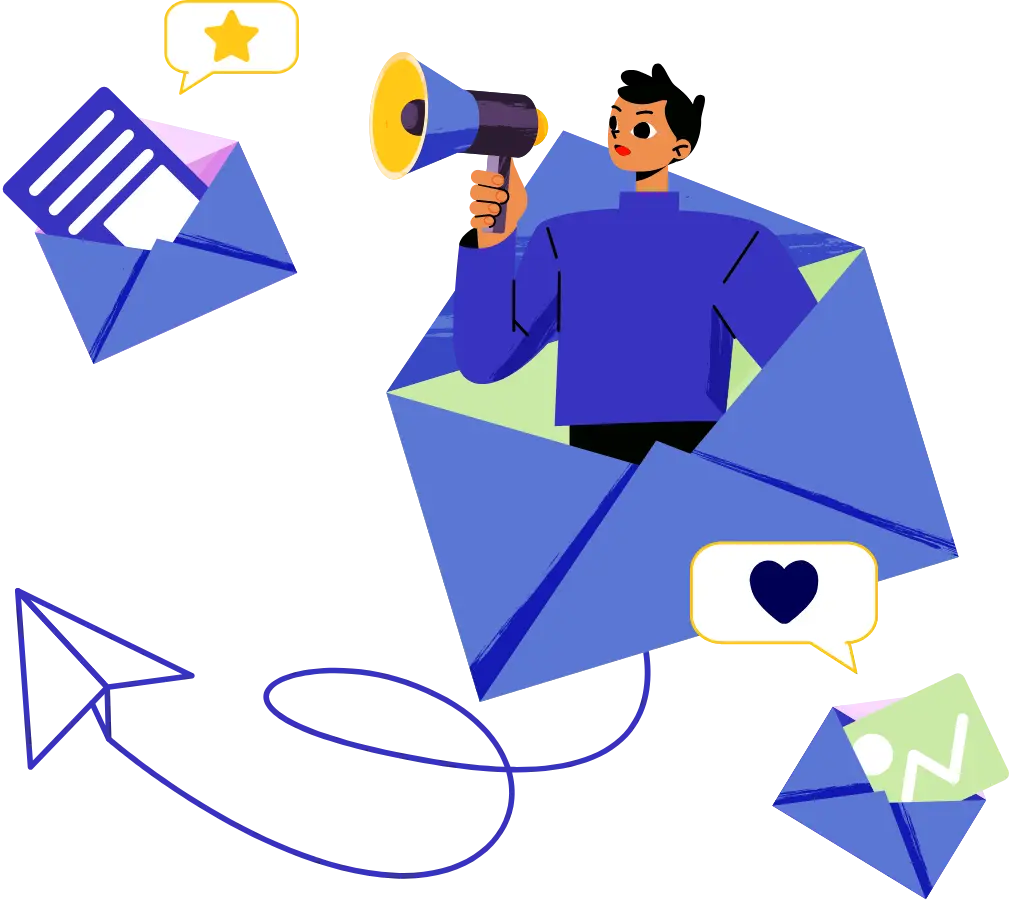Key Takeaways:
- Effective leadership training and succession strategies cultivate a culture of appreciation.
- Appreciation and gratitude from leaders directly boost retention and morale.
- Personalized recognition and inclusive reward programs can drive higher employee engagement.
- Fostering empathy and open communication is key to effective recognition.
- Strategic succession planning prepares teams for future leadership needs.
Employee development is more than a phrase—it’s a vital organizational priority. Leadership training programs and succession planning strategies form the backbone of successful, innovative workplaces. At the heart of these efforts lies one of the simplest, yet most effective tools in leadership: showing genuine appreciation. Acts of gratitude can drive engagement, elevate performance, and inspire loyalty, influencing employees across every level. In environments where recognition is embedded into daily leadership, teams not only achieve operational excellence, but truly flourish long-term.
Expressing Gratitude as a Leader: Foundations for Workplace Excellence
Mastering appreciation in leadership goes beyond saying “thank you.” When done authentically, it empowers employees to invest more in their work and in organizational objectives. Leadership development programs highlight the necessity of fostering a culture where praise is strategically used to reinforce desired behaviors and accomplishments.
Leadership Communication for Effective Recognition
The way a leader communicates gratitude significantly impacts its effectiveness. It’s not just about voicing thanks, but how, when, and why it’s communicated. Timely, specific acknowledgment—citing the task or behavior being recognized—shows that leaders are attentive. For instance, saying, “Your collaboration on the recent project ensured deadlines were met and enhanced the team’s cohesion,” demonstrates meaningful appreciation. Leadership development workshops encourage practicing active listening and open dialogue, both of which are critical in recognizing achievements authentically.
Showing Empathy in Leadership Scenarios
Empathetic leaders connect recognition to employees’ intrinsic motivations. Understanding what drives each team member, whether it’s personal growth, job satisfaction, or contributing to a greater mission, allows leaders to tailor their acknowledgment. Empathy bridges the gap between recognition and inspiration, leading employees to feel valued as individuals, not just contributors.
Impact of Appreciation on Employee Retention and Team Morale
Gratitude is a cornerstone of positive workplace culture. Its practical influence on morale and retention is well documented—when employees feel valued, they are statistically less likely to seek employment elsewhere.
Boosting Team Morale Strategies that Last
Sustained morale stems from consistent, heartfelt acts of appreciation. Leaders can implement regular check-ins, team huddles, and highlight reels to spotlight outstanding efforts. Leadership training programs emphasize making recognition a routine part of leadership behavior. Over time, this encourages a pattern of positivity and motivation among team members, creating long-lasting morale boosts.
The Connection Between Appreciation and Employee Retention
Retention strategies rooted in appreciation help combat turnover. Recognized employees develop a stronger commitment to their team and organization, decreasing the appeal of external opportunities. Succession planning further bolsters this effect by providing clear pathways for advancement, signaling that employees’ continued efforts are noticed and invested in.
Employee Recognition Ideas Every Manager Should Try
Understanding how to effectively show appreciation day-to-day can be transformative for managers.
Non-Monetary Ways to Show Appreciation at Work
Managers can:
- Handwrite thank-you notes.
- Offer flexible scheduling for high performers.
- Publicly praise achievements in meetings.
- Provide developmental opportunities such as new projects or training.
- Arrange for mentorship pairings as a form of recognition and investment.
These methods show thoughtfulness and require no budget, but carry real impact.
Ways to Celebrate Staff Achievements Creatively
Creativity in celebrating success makes recognition memorable. Managers can design personalized awards, host themed celebration days, or create a “wall of fame” in the workplace. Temporary leadership roles for high performers or team-building outings dedicated to celebrating recent wins turn acknowledgment into shared positive experiences.
Developing Employee Reward Systems for Lasting Motivation
A comprehensive reward system incorporates both immediate and long-term incentives. Leadership programs highlight the effectiveness of point-based systems redeemable for experiences, professional development funds, or time off. These strategies maintain motivation by rewarding consistent, not just one-time, performances.
Personalized Appreciation Examples for Managers in Action
Recognizing employees is most effective when personalized and sincere.
Leadership Thank You Messages That Resonate
Tailor your thank yous to individual contributions:
- “Your attention to detail in last quarter’s reports allowed us to uncover critical insights.”
- “The mentorship you’ve provided to new team members has made a measurable difference.”
Specificity signals deep appreciation and shows employees they are seen.
Motivating Teams Through Acknowledgment: Real-World Scenarios
In practice, teams thrive when appreciation is part of the fabric of leadership. For example, after the successful implementation of a new technology, a manager might organize a team lunch to celebrate, acknowledging each member’s unique contributions during a brief speech. Or, during succession planning meetings, leaders can highlight rising stars, reinforcing their value to the organization. These authentic moments create tangible connections between appreciation, motivation, and career growth.
Creating a Culture of Appreciation: Inclusive and Effective Practices
Building a culture of appreciation requires attention to inclusivity and adaptability.
Inclusive Recognition Programs in Leadership
Effective leaders ensure recognition programs are accessible and relevant to all employees. This includes involving staff in choosing recognition formats and ensuring diverse contributions are valued equally. For example, acknowledging behind-the-scenes contributors—like support staff or junior team members—reinforces inclusivity and unity.
Effective Leader Appreciation Practices Across Diverse Teams
Diverse teams may interpret appreciation differently. Leadership training supports cultural competence, encouraging managers to ask team members their preferred modes of recognition. Leaders who adapt their style—whether private praises or public acknowledgment—demonstrate respect and understanding, further uniting the team under a shared culture of appreciation.
Investing in Leadership Training and Succession Planning
If you’re ready to build an environment where employees feel consistently appreciated and motivated to grow, take the next step. Invest in leadership development programs that champion recognition as a daily practice. Start crafting succession plans that pave the way for emerging leaders, ensuring that gratitude and engagement are foundational to your team’s future success.
Cultivating employee development through leadership training and strategic succession planning is the pathway to sustainable organizational excellence. By making appreciation both personal and systemic, leaders build cohesive teams where employees are equipped and inspired to lead the way forward.












